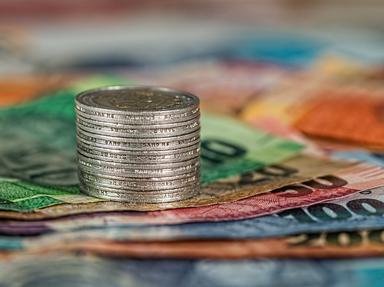Quiz Answer Key and Fun Facts
1. The dollar is the unit of Canadian currency. Which British monarch is on the face of the first Canadian dollar coins minted for circulation?
2. The areas which would become Canada merged together in a gradual process during the 19th and 20th centuries. Which colony which would later become part of Canada issued its own series of coins (in several cent denominations) in the 20th century?
3. The Canadian five cent coin or nickel of 1943-1945 is known as the "Victory Nickel". In which language is the statement "We win when we work willingly" inscribed?
4. For the 125th Anniversary of Confederation in 1992, Canada released a series of twelve circulating commemorative coins for the 12 Canadian provinces and territories (at the time). In which denomination were these coins released?
5. In 1858-1859, the Province of Canada issued several circulating coins. When the Dominion of Canada issued circulating coins in 1870, which denomination was absent?
6. While several of Canada's coins contained silver for much of the 20th century, the amount was not always the same. How did the silver content of the 5 cent, 10 cent, 25 cent, and 50 cent coins change from 1919 to 1920?
7. The humble but often useful Canadian cent has undergone many changes in its history. What significant change occurred to the Canadian cent in 1920?
8. One of the more recent circulation coins introduced in Canada is the two dollar coin or "toonie". Which Canadian animal is found on the reverse of the 1996-1998, 2001-2007, 2009-2010 "toonies"?
9. In Sudbury, Ontario, Canada, one can find a 30-foot replica of a specific denomination of Canadian coin. Which denomination is portrayed?
10. Which denomination of Canadian coins has featured a version of the Canadian coat of arms on general circulation issues since 1937?
Source: Author
bernie73
This quiz was reviewed by FunTrivia editor
WesleyCrusher before going online.
Any errors found in FunTrivia content are routinely corrected through our feedback system.

